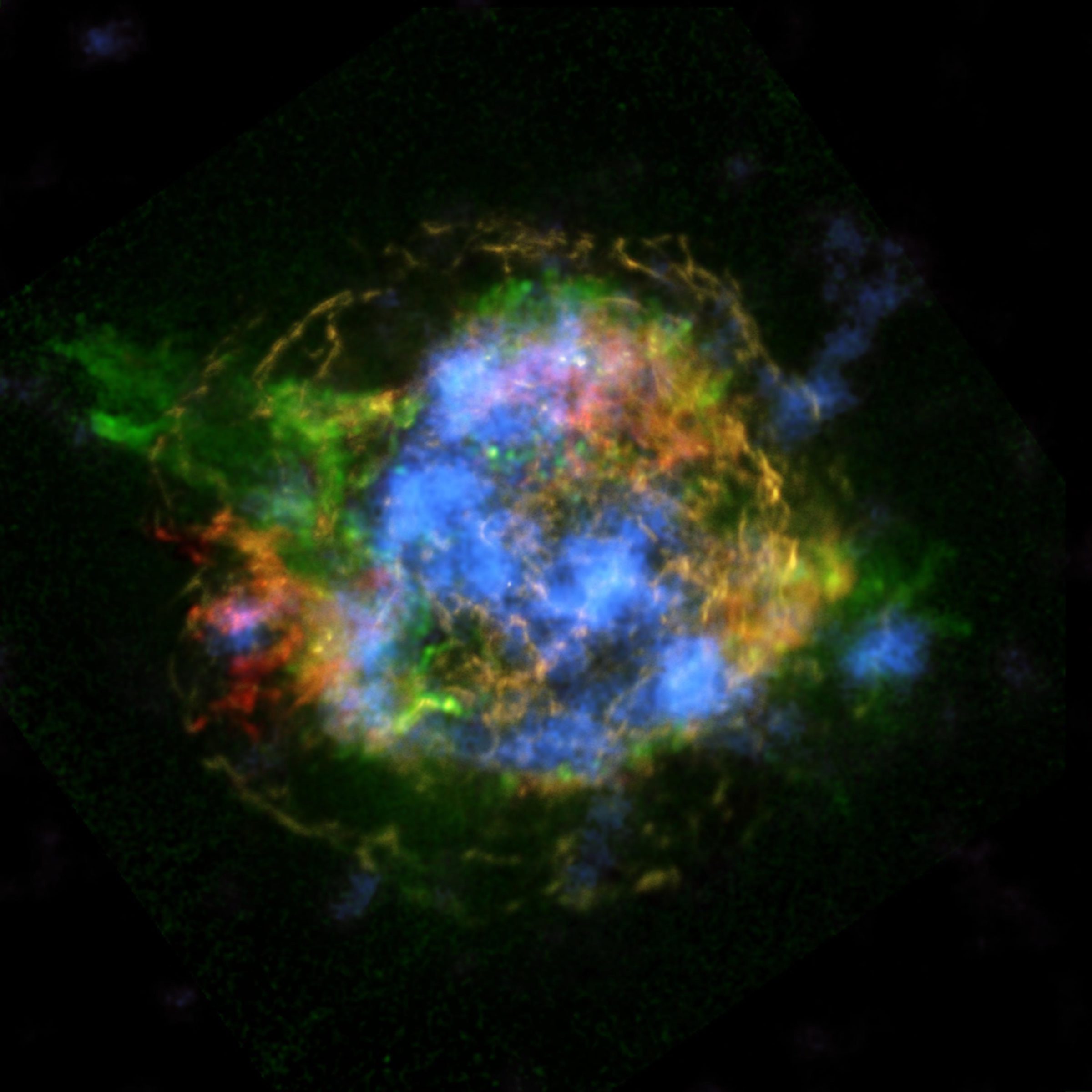Planetary Radio • Mar 11, 2014
Exploring Black Holes and Supernovae With NuSTAR
On This Episode

Fiona Harrison
Professor of Physics and Astronomy for Caltech
It’s the first high energy X-ray telescope in space, and it is providing theory-shattering data along with stunning images of some of the universe’s most fascinating objects. Principal Investigator Fiona Harrison provides a tour. Casey Dreier has analysis of the just announced 2015 NASA budget plans. Bill Nye sees the inherent optimism of science in the verification of another 715 exoplanets. Mat Kaplan has a JPL gift store present for Bruce Betts in What’s Up!

Related Links:
- Fiona Harrison
- NuSTAR
- To Europa!...Slowly. First Impressions of the 2015 NASA Budget Request
- Get Involved! Save Our Science!
- NASA's Budget Website and Documents
This week's prize is "Beyond Earth," the beautiful, letterpress 19"x25" poster from Chop Shop. See it at chopshopstore.com.
This week's question:
What was the first time astronauts flew in a spacecraft not designed to safely re-enter the Earth’s atmosphere?
To submit your answer:
Complete the contest entry form at http://planetary.org/radiocontest or write to us at [email protected] no later than Tuesday, March 18, at 8am Pacific Time. Be sure to include your name and mailing address.
Last week's question:
What Curiosity rover instrument has an acronym name that when pronounced backwards gives you one of the things that instrument measures?
Answer:
The answer will be revealed next week.
Question from the week before:
What is the approximate range of elevations on Venus?
Answer:
The range of elevations on Venus is about 13 kilometers, though most of the planet is flatter than that.


 Explore Worlds
Explore Worlds Find Life
Find Life Defend Earth
Defend Earth

